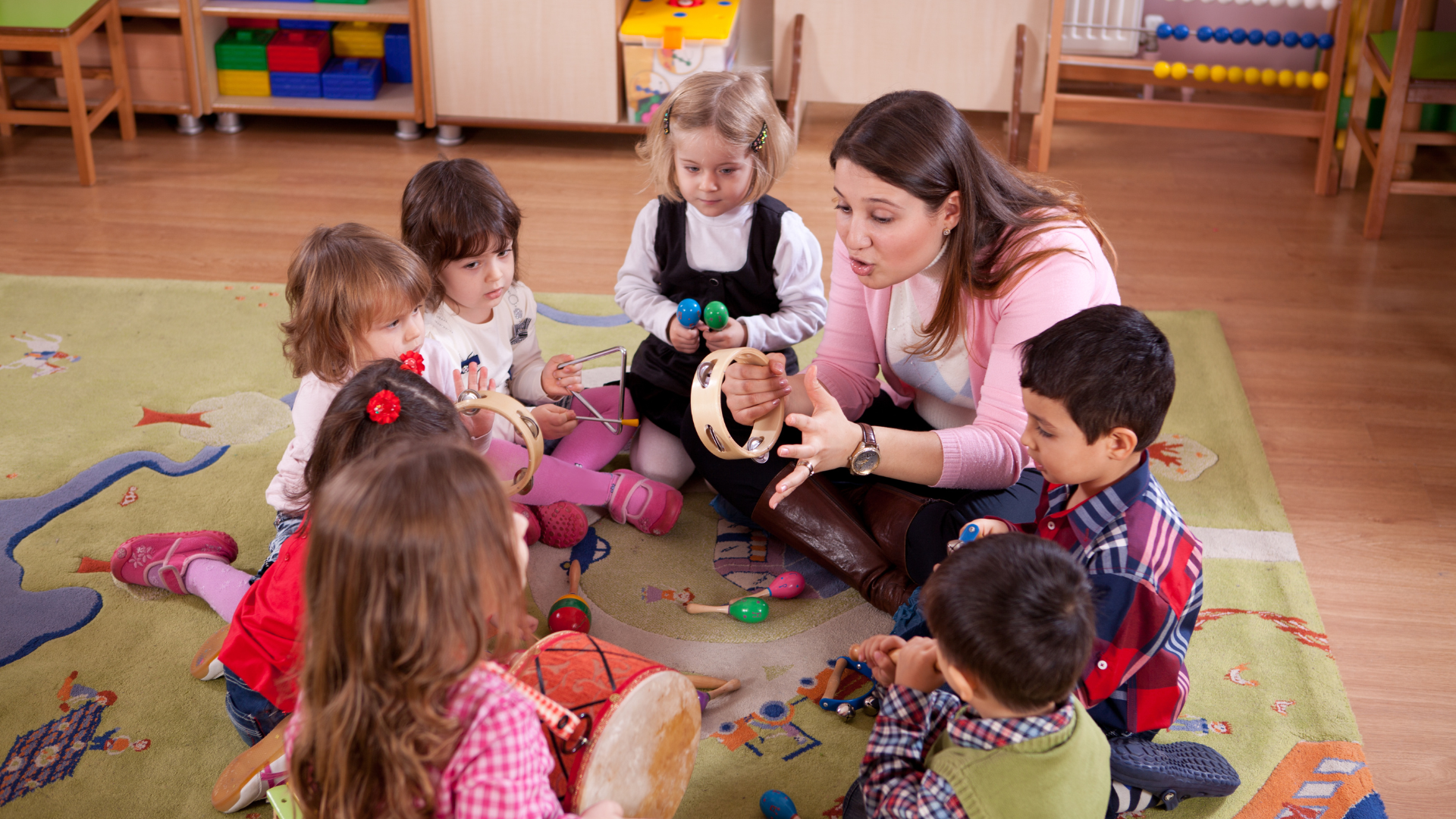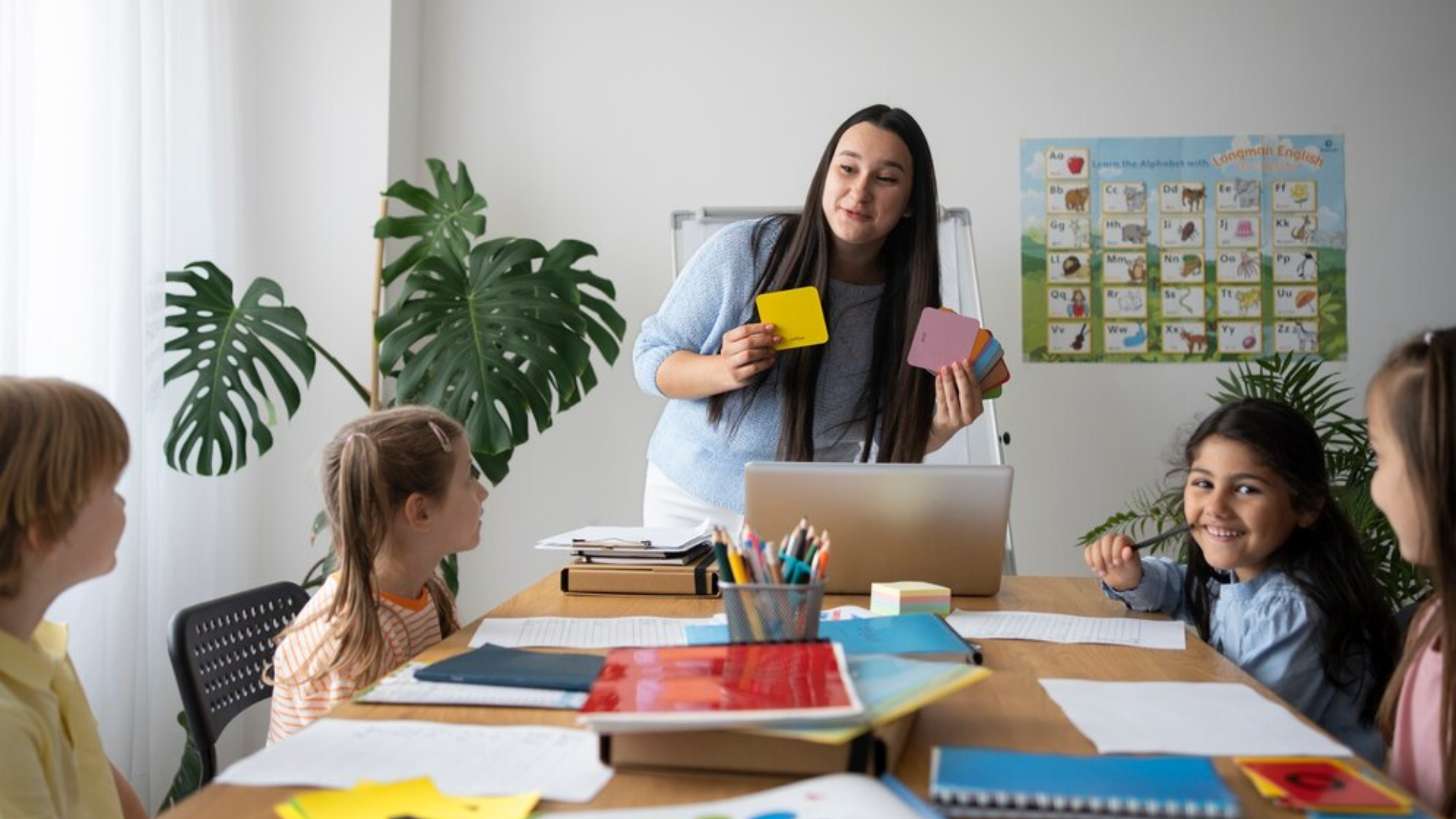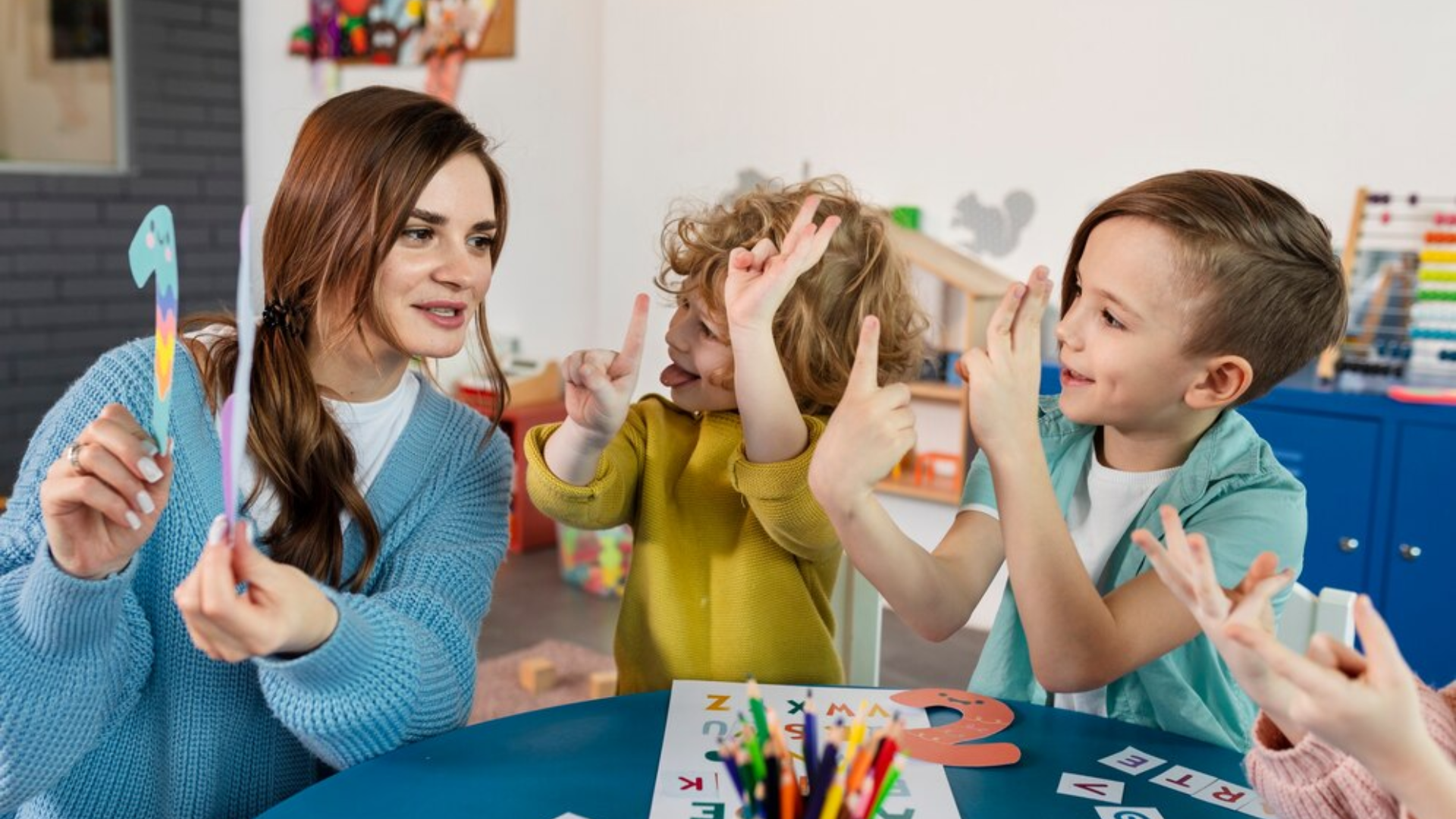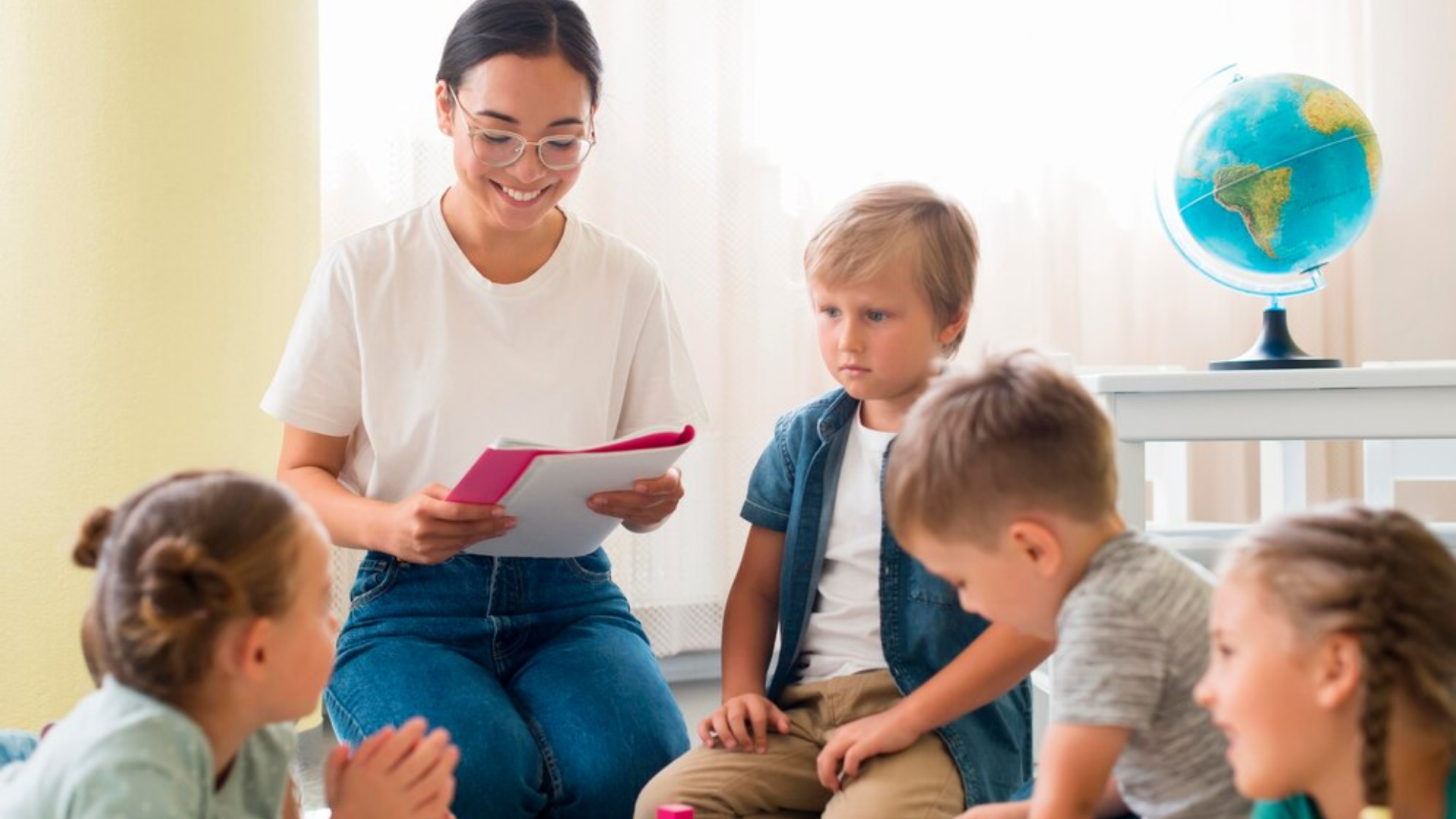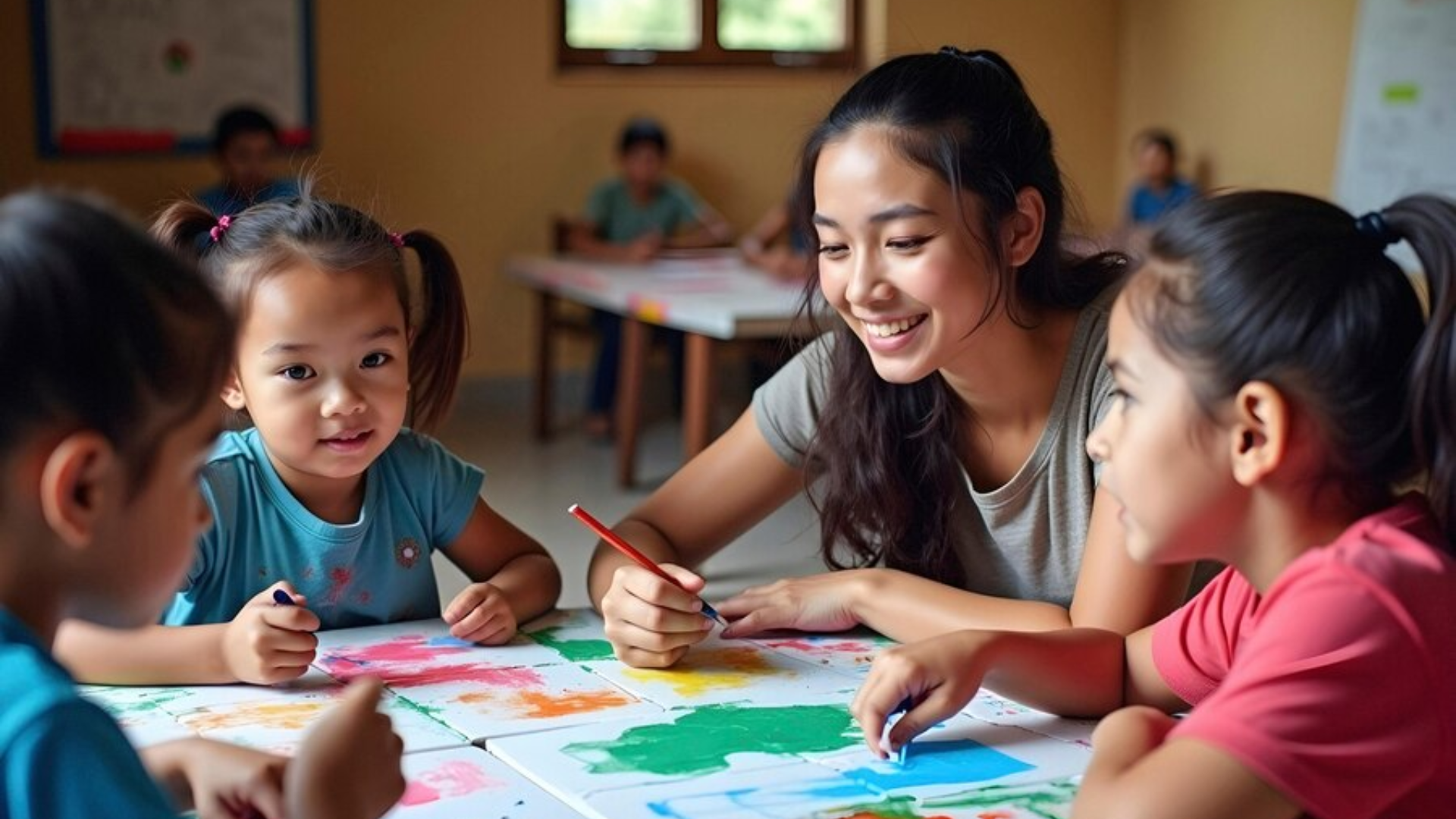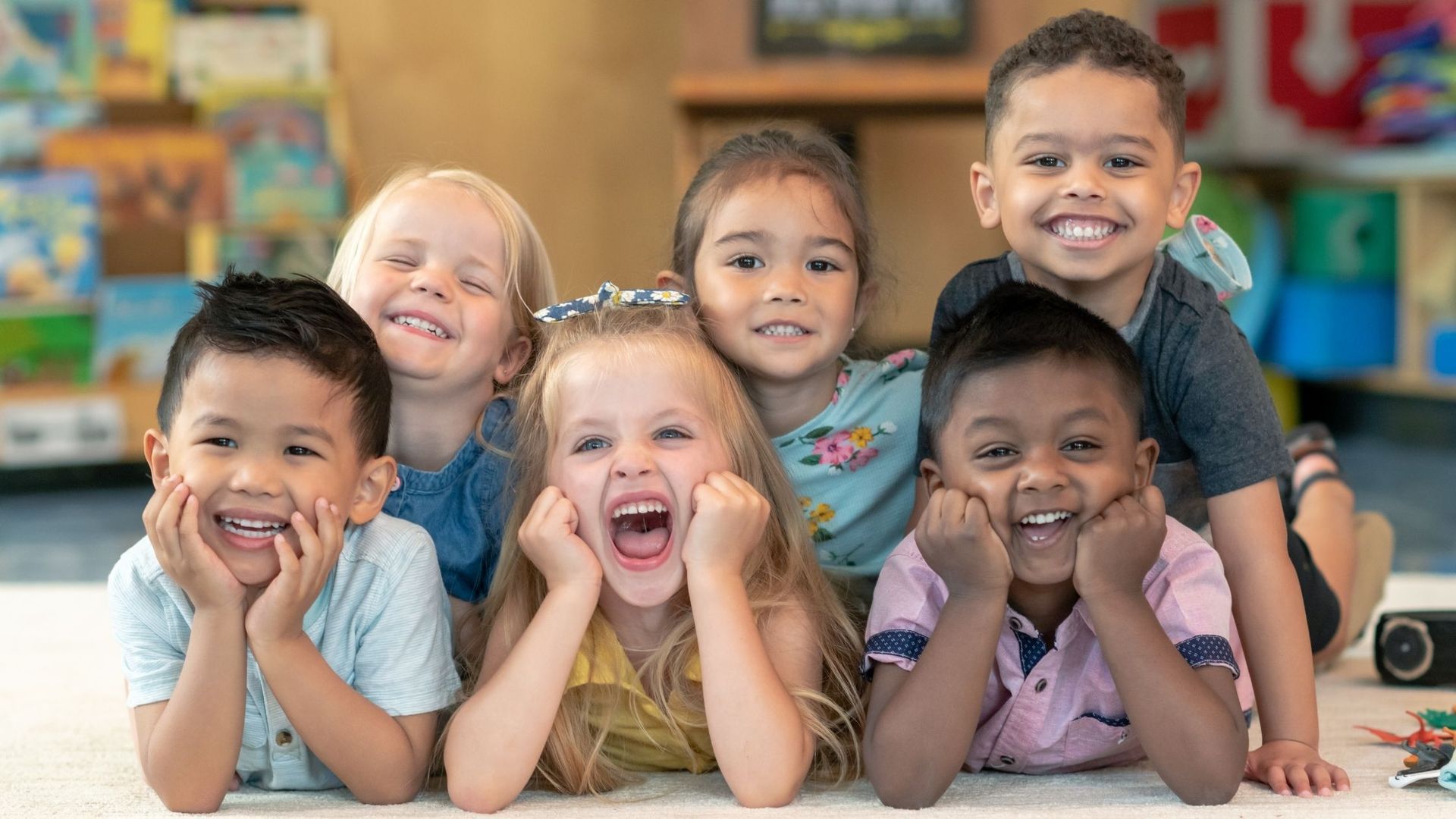Understanding Separation Anxiety and How to Ease It
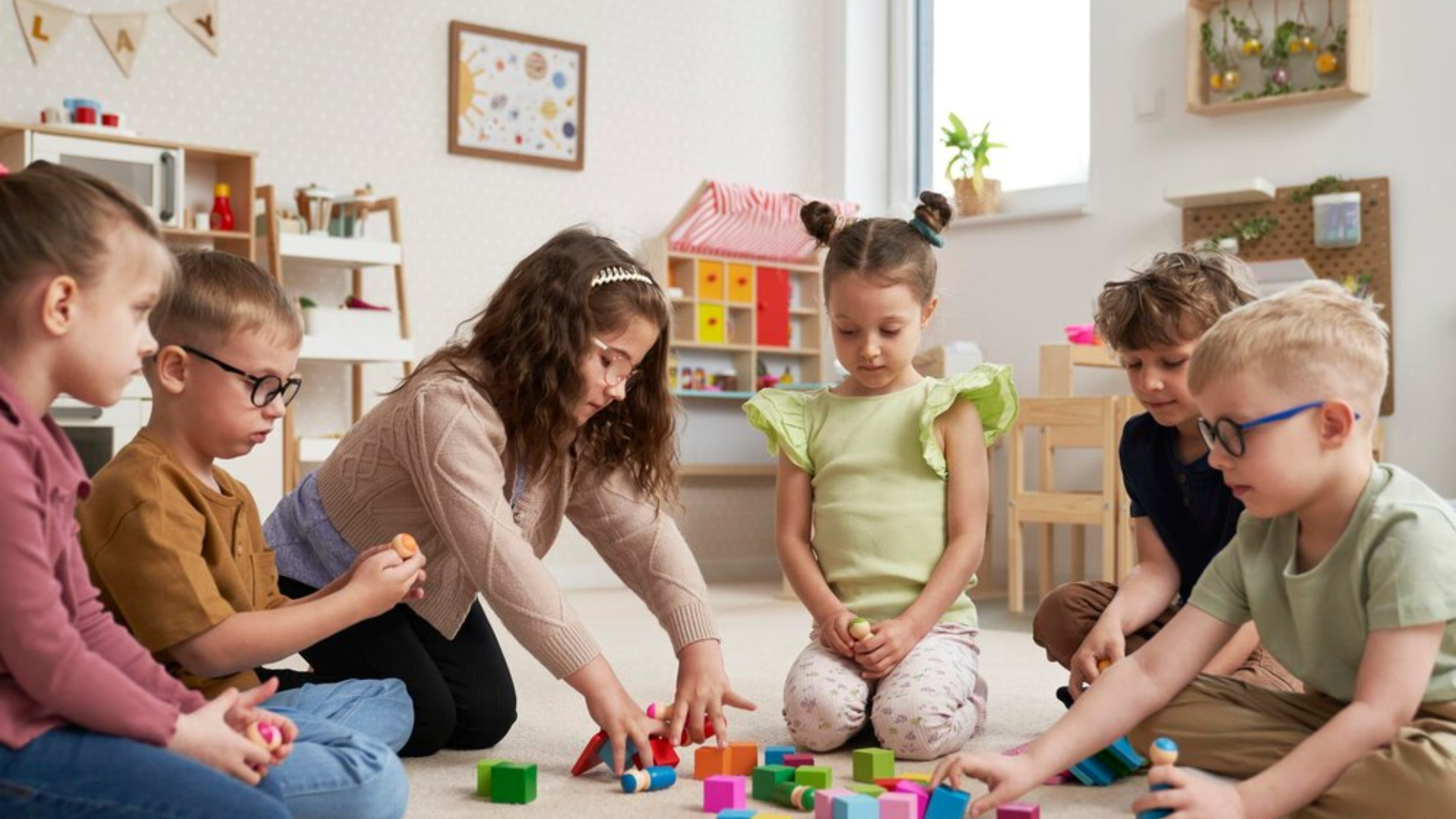
A Parent’s Guide to Navigating Goodbyes and Building Confidence in Young Children
For many families, the first few drop-offs at preschool or daycare are filled with mixed emotions. It’s completely natural to feel a combination of pride, anxiety, and even guilt as your child clings to you or sheds tears when you say goodbye. These moments are often signs of separation anxiety a completely normal and developmentally appropriate stage in early childhood.
At Oakridge Children’s Academy, we see this transition often, and we’re here to support both children and parents every step of the way. Understanding what separation anxiety is, why it happens, and how to ease it can make a world of difference in creating a smooth and positive experience for your family.
In this post, we’ll explore the science behind separation anxiety, how it typically presents in young children, and what you can do to help your child build the confidence to embrace new environments and relationships.
What Is Separation Anxiety?
Separation anxiety refers to the fear or distress a child feels when separated from a parent or primary caregiver. It’s especially common in infants and toddlers but can appear in preschool-aged children as well.
This emotional response is rooted in the child’s growing awareness of attachment and safety. As children begin to understand object permanence—that people and things exist even when they’re out of sight—they also become more aware of the discomfort that comes from not having their primary caregiver nearby.
While it can feel overwhelming at the moment, separation anxiety is actually a sign of healthy emotional development. It shows that your child has formed a secure bond and is learning how to manage big feelings and unfamiliar situations.
When Does Separation Anxiety Typically Occur?
Separation anxiety tends to appear and reappear at different developmental stages. Here’s a general timeline:
- Around 8–12 months: Infants begin to recognize when parents leave the room. Crying or fussing during separation becomes more noticeable.
- Toddler years (1–3 years): Anxiety may intensify as toddlers become more mobile and independent but still rely heavily on parental comfort.
- Preschool years (3–5 years): Some children continue to experience separation anxiety, especially in new situations like starting school, moving, or after changes in routine.
It’s important to note that while separation anxiety is common, its intensity and duration can vary. Some children adjust quickly, while others may need more time and support.
Signs of Separation Anxiety in Young Children
Separation anxiety can look different from child to child, but common signs include:
- Crying, whining, or clinging during goodbyes
- Reluctance to attend school or daycare
- Difficulty sleeping alone or nightmares
- Regressive behaviors (e.g., bedwetting, thumb-sucking)
- Complaints of stomachaches or headaches before separation
- Persistent worry that something bad will happen to a loved one
If your child consistently struggles with separation beyond the preschool years, or if their anxiety disrupts daily life for an extended period, it may be helpful to consult a pediatrician or child development specialist for additional support.
What Causes Separation Anxiety?
While separation anxiety is part of typical development, certain factors can make it more pronounced:
- Major life changes: Moving, starting school, or the birth of a sibling can increase anxiety.
- Inconsistent routines: Changes in caregivers, sleep schedules, or environments can be unsettling.
- Parental anxiety: Children are highly attuned to their caregivers’ emotions. If a parent is anxious, the child may mirror that worry.
- Temperament: Some children are naturally more sensitive and cautious, which may lead to stronger separation responses.
At Oakridge Children’s Academy, we recognize that every child has a unique temperament and timeline for building trust in new environments. Our educators are trained to help children feel safe, supported, and secure through consistent routines and warm, responsive care.
How to Ease Separation Anxiety: Practical Strategies for Parents
Although separation anxiety is common, there are many gentle, supportive ways to help your child work through it and gain confidence.
1. Establish a Predictable Routine
Children feel safer when they know what to expect. A consistent morning and drop-off routine can make transitions smoother. Simple rituals—like a special goodbye handshake, a hug, or a wave from the window—can bring comfort and predictability.
2. Practice Short Separations
If your child is new to being apart from you, start with short separations in familiar settings. Leave them with a trusted family member or friend for a short period and gradually increase the time apart. This builds their confidence and shows that goodbyes are temporary
.
3. Keep Goodbyes Brief and Positive
Lingering during drop-off can increase anxiety. Instead, keep goodbyes loving but brief. Smile, give a hug, say something reassuring (“I’ll be back after your snack!”), and then leave confidently. Your calm energy helps your child feel secure.
4. Be Consistent and Return as Promised
Following through on your return builds trust. When your child learns that you always come back—just like you said—they feel more secure with each separation.
5. Encourage Independence at Home
Give your child opportunities to do things on their own—like picking out clothes, helping with snack prep, or playing solo for a few minutes. Building independence in small ways strengthens their ability to cope when apart from you.
6. Acknowledge Their Feelings
Instead of dismissing your child’s fears (“You’re fine!”), acknowledge their feelings with empathy: “I know you’re sad when I leave. That’s okay. It’s hard to say goodbye sometimes.” Naming emotions helps children understand and process them.
7. Stay in Communication with Teachers
Talk openly with your child’s teachers about what you’re experiencing. At Oakridge Children’s Academy, we partner with families to provide extra support during the adjustment period. We’ll let you know how your child is doing, and we’re always here to offer reassurance.
The Role of the School Environment in Reducing Separation Anxiety
A safe, nurturing school environment plays a major role in easing separation anxiety. Children adjust more easily when they feel welcomed, valued, and connected to their teachers and peers.
At Oakridge, we:
- Build strong teacher-child relationships to create trust
- Maintain consistent routines to foster predictability
- Offer soft transitions, like cuddle time, songs, or stories
- Provide engaging, hands-on activities to redirect attention
- Use empathy and gentle redirection to support emotional regulation
When children experience a caring environment where their feelings are respected and their needs are met, they begin to build the emotional resilience to handle separation—and eventually look forward to their time at school.
The first five years of a child's life are crucial for learning, as they coincide with rapid brain development that shapes their future success. To learn more about why these years are so important, explore our post on
Why the First Five Years Are the Most Important for Learning, and dive deeper into the science of early brain development in our article
The Science Behind Early Childhood Brain Development.
Conclusion
Separation anxiety is a common, natural part of childhood development—and one that signals the strength of a child’s connection to their caregivers. While it can be challenging, it’s also an opportunity for growth. With patience, empathy, and consistency, your child will learn to feel safe, secure, and confident even when you're not right beside them.
At Oakridge Children’s Academy, we understand how important it is to support both children and parents through these early transitions. Our educators are here to provide the love, structure, and reassurance your child needs to thrive in a new environment.
If your family is preparing for a new school experience or working through separation challenges, know that you're not alone. Together, we can make goodbyes a little easier—and help your child embrace all the joy and discovery that each new day brings.
